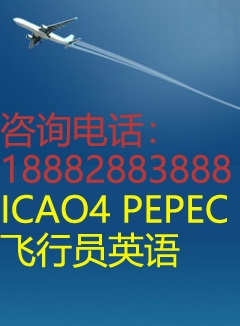|
曝光台 注意防骗 网曝天猫店富美金盛家居专营店坑蒙拐骗欺诈消费者
Table 4 shows the mesh bins and the mesh groups for which they belong for the systems under study. The goal, similar to vibration separation, is to match measurements with the geometry of the planetary system, with the premise that the engaged teeth at the time of measurement are the source of the currently measured ex-citement. The Geometrically Synchronized Measurement Method , GSMM , works by stepping through the TSA data in increments corresponding to a single TMP, computing a condition indicator on the subset data, then assigning the value to all teeth in the current mesh group. Over time, if a given mesh group is responsible for the damage, a distinc-tive pattern appears in the bar graph. If there is no biasing in the data, as would be the case for an undamaged system, then the pattern is fairly uniform. Using insight from the previous SGVS-SASP develop-ment, the data is separated into three pass groups and each group is TSA’d. These cycles are then combined to pro-duce a TSA signal that is three carrier cycles long. A vec-tor that contains elements for each mesh bin or each mesh group is used to tally the obtained values. A bar graph is produced highlighting the contribution of each mesh bin or mesh group. A simulation program was written which an-imated the process and a typical display is given in Figure 24.
Choosing a Condition Indicator |




